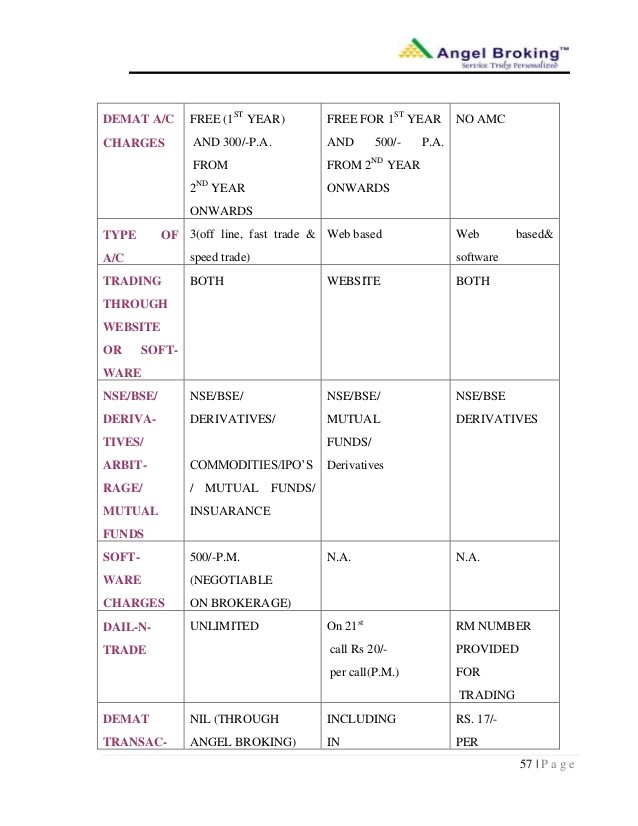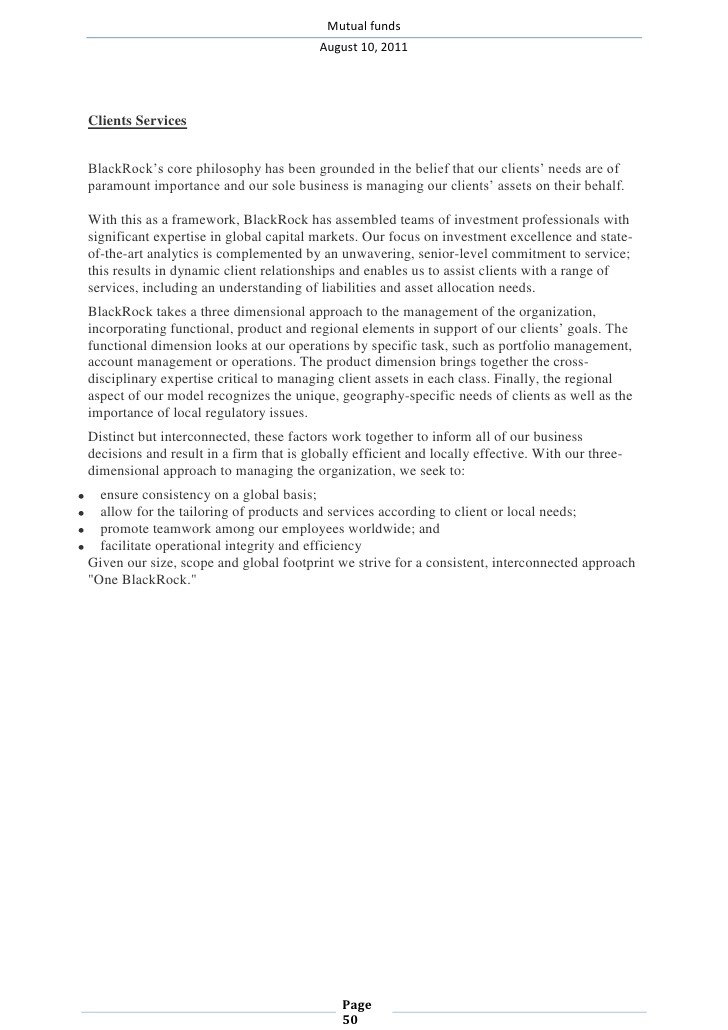Mutual Funds Report There s Strength in Diversity
Post on: 13 Май, 2015 No Comment

By VIRGINIA MUNGER KAHN
Published: January 11, 1998
RAY POLESE, a savings plan administrator at Lucent Technologies, decided to take the plunge with his own money about a year ago. He sold all the fixed-income investments in his personal 401(k) retirement plan and put the money into three stock funds and Lucent stock. »I started to listen to our financial education programs,» Mr. Polese, 49, said. »If you have time before retirement, you should be more aggressive.»
Alex Shervet, 34, a software engineer with the Echelon Corporation in Palo Alto, Calif. puts all his 401(k) money in Brandywine, a growth-stock fund.
Sound familiar? Financial advisers continue to recommend a major position in stocks for long-term investors — even people nearing retirement who have other sources of income like pensions. But they are taking pains to emphasize the importance of diversity in 1998.
»Most people coming to us really don’t understand what diversification is,» said Lou Stanasolovich, president of Legend Financial Advisors in Pittsburgh. »Typically, they’re loaded up on large U.S. equities, and most think the market can go nowhere but up.»
Mr. Shervet is a case in point. Though Brandywine lost 14 percent in the fourth quarter, he is unbowed. »When I see significant drops, I don’t like it,» he said, »but I fully expect the fund to come back. It’s a cyclical thing. By the time I need my money, it’ll be back in good shape.»
Portfolio concentrations like his are not for lack of choice. Most retirement plans that allow individuals to make their own investments have added to their menus. The average plan now offers seven choices, and most plans are continuing to fine-tune the offerings. Last year, 32 percent of 401(k) plans introduced at least one new investment option, according to Access Research of Windsor, Conn. a division of the Spectrem Group, a financial services consulting firm. The most popular addition was an international stock fund.
Before jumping into the new choices, investors should review how their portfolios are divided among stocks — large and small, foreign and domestic — bonds and cash.
»Asset allocation is the main determinant of portfolio performance,» said Jeffrey Schwartz, senior consultant at Ibbotson Associates, the investment consulting firm that pioneered historical asset allocation analysis. »Regardless of which stocks or funds you pick, the majority of your performance is driven by the underlying asset classes.»
Even if you settled a while ago on a firm asset allocation that you expected to fit your risk profile for some time, you might have drifted far away from your plan. The stock market’s outsized returns the last 12 months mean that an investor who had sought a portfolio mix of 60 percent stocks, 30 percent bonds and 10 percent cash in December 1996 now probably has about 72 percent stocks, 22 percent in bonds and just 6 percent in cash.
The problem is »if there’s an equity correction, you’re more vulnerable than you thought,» said Ned Notzon, executive vice president for the T. Rowe Price Spectrum Income and Spectrum Growth funds.

By mixing stocks and bonds and cash, investors can lower their portfolio risks, according to historical investment returns. Between 1970 and 1996, a United States stock portfolio that included just a dash of foreign equities (20 percent) was less volatile and returned more than an all-United States stock portfolio, 13.8 percent a year versus 13.5 percent, Mr. Schwartz noted.
»You never know what’s going to be the best performer,» said William McNabb, managing director at Vanguard Institutional Investor Group. Stocks can underperform other investments for a long period. For example, in the 1970’s, both intermediate-term government bonds and long-term corporate bonds outperformed large-company stocks.
Anyone heavily in equities is probably looking at bonds now. The fundamentals are »quite compelling,» said Theodore Giuliano, fixed-income chief investment officer at Neuberger & Berman, the big fund company. Not only is inflation quiescent and the dollar strong, which should keep foreign investors interested in United States bonds, but supply is contracting with the decline in the Federal deficit. While stocks and bonds have moved more in harmony in recent years, he said, intermediate-term bonds still reduce portfolio volatility.
And Mr. Guiliano wonders how much longer American stocks can provide such extraordinary returns. Long term, United States stock returns have averaged 11 percent, but they have been more than double that over the last three years.
Todd Eberhard, president of Eberhard Investment Associates in New York, is investing clients’ money roughly evenly between stocks and bonds. He says bonds can provide double-digit returns this year as interest rates continue to fall.
Prudence suggests that equities remain a big component of many portfolios. Participants in 401(k) plans have been responding to the bull market for stocks and to financial education by plan sponsors that shows that equities beat other investments over the long haul. At the end of 1997, 54 percent of plan assets were estimated to be in equities, primarily stock funds but also company stock, compared with 42 percent at the end of 1994, said Jeffrey Close, marketing director Spectrem.














